
The paintings of Portuguese artist Paula Rego inspired visual elements of the Archipelago Theatre play Out of the Blue, with its preponderance of crow-like black-winged women, visible in this group photo by Jay O'Berski. Images for the show were created by Jan Chambers, and music composed by Allison Leyton-Brown.
I asked Nor Hall, dramaturg for this and many other Archipelago Theater productions, why crows figured in the work. As it happens, she had written program notes to address that very question. Even though I wasn't able to see the play, I find these ideas very interesting. I'm also recalling the times of year when dozens of crows descend on our yard, taking pause in the sycamore tree and white pines, noisy and en route to somewhere.

Why Crows
The old crow sees you without looking directly at you. Crows just know. They gather in groups called a riot, a murder, a mob, a brotherhood, a court, or an assembly—cawing in judgment and making asides. Clever creatures with a complex language system, corvids roost at the periphery of our day worlds where they maintain a raucous watch on the comings and goings of human beings. They’ve been known to play ball, mimic songs, take rings, rearrange pages, shake shamanic rattles, change scenes. As tricksters and ambassadors of the wild, crows have long been regarded as messengers of fate.
Crows became essential to the show because they embody both the ordinariness and total mystery of things that happen out of the blue. When crows show up at particular moments, as they tend to--after a car accident, during a picnic--at moments along life’s continuum from catastrophe to celebration, its our signal that something has unexpectedly shifted to create an opening that wasn’t there before.
When we first started working on this piece Ellen was intrigued by the work of two artists--paintings of Paula Rego’s mid-aged dancers in black tutus standing and waiting for their moment, off-stage like crows in the wings. And the incongruously balanced stone works of poet George Quasha. He describes the axial moment that arrives suddenly to the artist who’s taken a “posture of chance.” “Sooner or later everything turns…when the axis is open or released, things turn freely, moving in and out of balance.” (Axial Stones)
His choreographic language for sculpture next to Rego’s visual images of stilled dancers gave us a way to imagine the ineffable opening, the precarious shift and sudden portal to another place that is meant when we report something as happening “out of the blue.” Our best hope is that the play will come to you that way, as a dramatic moment that captures the suspension of one state of being as it is struck by the possibility inherent in another.
“There is no breakthrough without breakage.” --N.O.Brown
But how many can we take?
Counting crows, “One is for sorrow, two is for mirth…”
--traditional crow augury

























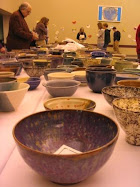
































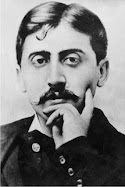






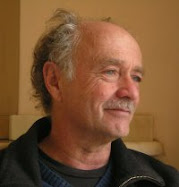











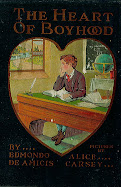





















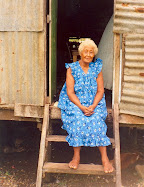





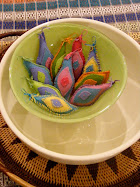






























.jpg)














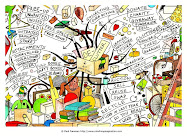






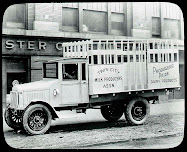


































































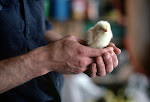
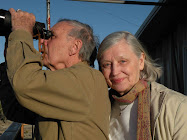
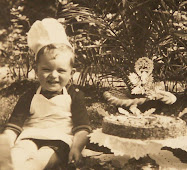














































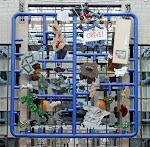.jpg)








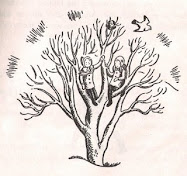







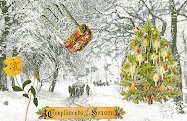



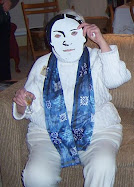





















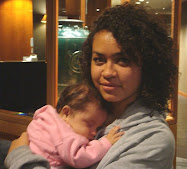






























































1 comment:
love your eye that puts those images side by side!
Post a Comment